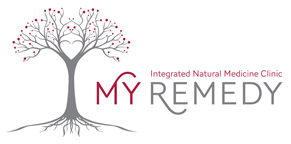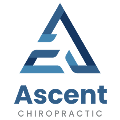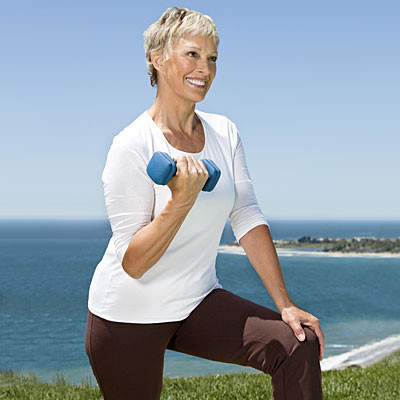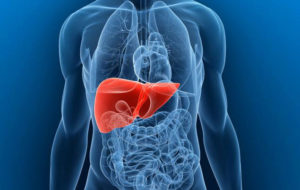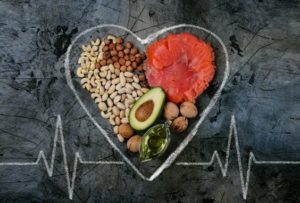Bones – Strong and Healthy Bones
(Article courtesy of www.puraty.nz- first choice for fine herbal teas!)
Did you know there are 206 bones in the human skeleton which accounts for between 12-15% of total body weight? That’s a lot of bones. We are actually born with 300 bones but they fuse together as we grow until, as an adult, we have 206. The skeleton is an active organ, comprised of tissue and cells in a continual state of action throughout our lifetime.
Do we ever pay much attention to bone health? Of course we notice when they cause us pain or we break one, they become brittle or we show signs of osteoporosis, or learn we have osteopenia.
Bones are a living tissue, the collagen in bones is replenished constantly and as our body continues to make healthy (we hope) osteoclasts and osteoblasts and a strong bone matrix we end up with a new skeleton approx. every seven years. Seriously that is a miracle of epic proportions!
Now I am no stranger to broken bones having broken my ankle and fibula bone twice – both times in the same place and within 3 years of the first break. The first time I slipped over in a field in winter, but the second time I was running in high heels, sandwich in hand, to avoid getting a parking ticket – well I didn’t get the ticket because the warden felt sorry for me (win!) – But totally avoidable and lesson learnt! I think that right ankle is always going to be a bit more fragile – it aches when it is cold or if, heaven forbid, I wear very high heels! I wish I had known then, what I do now, about maintaining bone integrity. I always thought I had good strong healthy bones, and maybe I do except where I now have a weakness in that ankle.
So what do we need to do to make healthy bones at all stages of our lives, and protect ourselves from bone injury later on? To make healthy bones we need to think about what makes us lose bone density and what contributes to good bone health. Minerals within the bone structure maintain a balance of elasticity, porosity, strength and density. So it stands to reason if bone density is lost the structural integrity is compromised. An increase in bone porosity will mean more holes in the honeycomb structure within the bone.
This is why exercise, particularly weight bearing exercise, and calcium, Vitamin K , vitamin D and other co-factors are so important. And the earlier you start the better. You can age with strength and healthy bones! Healthy aging doesn’t have to mean “decrepitude” – that’s more like abnormal aging if you ask me!
Bones are complex. Not only do they hold us up – imagine if you had no bones – they protect our inner organs, drape muscles over them to allow us a good range of movement and are connected to each other in a flowing symmetry. Importantly they are also the storage facility which holds the minerals we need to function well. Contributing to our metabolic processes they keep our blood ph level balanced. When all is going well nutrients are drawn in and out of our bones as a matter of course. But when there is an imbalance in the nutrient flow, our bones begin to weaken. Compact bone usually makes up the exterior of the bone, while cancellous bone is found in the interior. Cancellous bone is characterized by a honeycomb arrangement of trabeculae. These structures help to provide support and strength. The spaces within this tissue normally contain bone marrow, a blood forming substance. Bones gain in density until our thirties and then, as part of the aging process, density steadily decreases. While bones naturally follow a cycle of development, maturing and degradation, age (studies show that caucasians and asians are at higher risk), race, history of small bone fracture, family history of osteoporosis and early menopause play a part. Smoking, excess alcohol consumption and a lack of physical activity also affect bone strength.
Osteoporosis is a silent condition – until you break a bone! Our bone health is affected by our lifestyle and nutritional choices, as well as gender and age. The term Osteoporosis literally means “porous bones”. This leads to thinner and weaker bones as the bones lose their mineral density and slowly degrade over time. This means fracture risk increases exponentially.
Osteopenia is a condition characterized by the loss of bone mineral density which is not as severe as osteoporosis. It is often called a severe risk factor for developing osteoporosis and should be treated as such.
IMPORTANT BONE VITAMINS AND MINERALS
It is worth remembering that none of these substances work in isolation – synergistically they work together to provide good bone health.
Calcium – Calcium is the most abundant mineral in the human body, and we need calcium to build healthy bones and protect the heart – but there is that indoctrination still, that we must eat truckloads of dairy to get enough calcium. Calcium is found in many more food sources than just dairy products and if you are worried a good calcium supplement is an option.
Food Sources: Calcium is found in a variety of foods, including dairy products, tofu, beans, and vegetables of the kale family, soybeans, sardines, greens, tofu, salmon, molasses and oranges. Content and bioavailability varies among foods, and certain drugs can adversely affect calcium absorption.
Vitamin D is extremely important for good bone health. A vital nutrient for our bones, vitamin D works with calcium through body processes to maintain healthy bone structure.
Basically we get Vitamin D through sunlight, supplements and food sources.
Sunlight – 10 minutes a day exposure is all you need! We can’t make vitamin D when it is filtered through glass either as this filters out most of the UVB rays which stimulate vitamin D production.
Food Sources: Fatty fish such as salmon, tuna, and mackerel are very good sources of vitamin D as are egg yolks, raw milk, mushroom and cod liver oil.
Vitamin K contributes to many bodily processes and for a relatively unknown vitamin it is a critical vitamin. Actually vitamin K is an umbrella term for a group of fat-soluble vitamins (vitamin K1 and vitamin K and a subtype, vitamin K3) which have similar chemical structures. It is needed in the protein synthesis necessary for blood coagulation which is, of course, part of the process used by the body to bind calcium into bones and tissues. So that means that if you don’t have enough vitamin K, calcium ions and proteins can’t bind together leading to a weak bone structure, calcification in the soft tissues and arteries and in some cases, a risk of uncontrolled bleeding.
Food Sources: Phylloquinone (vitamin K1) is the major dietary form of vitamin K in most diets. Green leafy vegetables and some plant oils (soybean, canola, olive, and cottonseed) are major contributors of dietary vitamin K. Think kale, lettuce, broccoli, spinach.
Other important minerals: Pottassium, boron, copper, manganese, zinc, phosphorus, silica and chromium.
The herbs in Puraty’s Strong Bones tea are a nutrient rich blend of potent herbs which feed and strengthen the bones. Sipping a cup or two a day is a great way to help support a strong bone matrix. You might like to try the tea and see how you go.
Oh, and by the way, you know that funny bone you bang sometimes. It actually isn’t – it’s the Ulnar nerve which runs inside your elbow which produces the pain.
